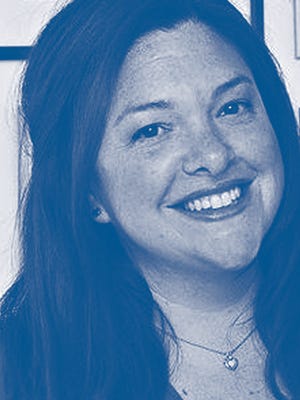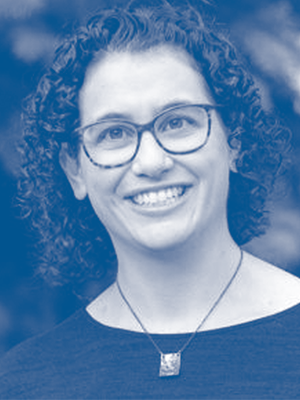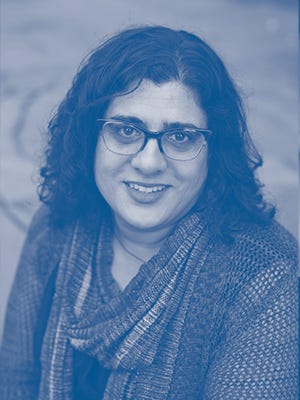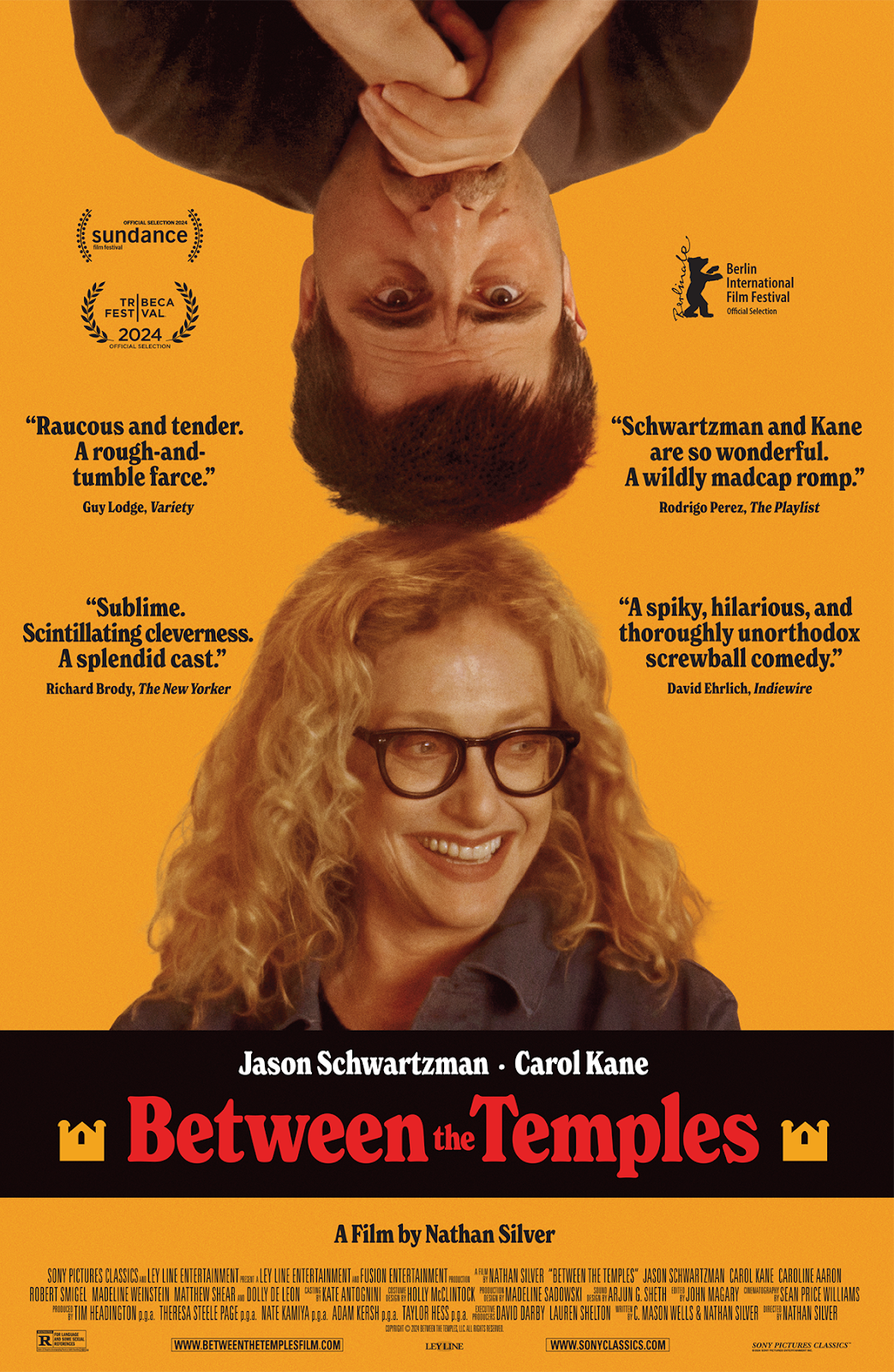Hello and welcome to the September edition of the Documench Newsletter.
As we approach the Holy Days and one year since October 7, we’re in a reflective mood. These are heavy times for Jews, Palestinians, Lebanese, and all people suffering at the hands of war, violence, and displacement.
To help us think through this moment, we reached out to a group of Jews representing a range of views and asked them to share the texts or documents that they’ve relied on in this tumultuous moment. The thoughtful observations on this dark time are heartening. We welcome more reflections. If you’re inspired, respond to this email with your texts and documents and we’ll add to the webpage that will archive them.
While this is a contemplative moment, we’re eager to find glimmers of hope and joy. The film Between the Temples, by Director Nathan Silver and starring Carol Kaine and Jason Schwartzman made us laugh as much as it made us think about Jewish identity, rituals, and what does and doesn’t count as a document of our culture. We interviewed Silver this month and the conversation offered much to consider about Jewish life and film.
As always, reach out with feedback, suggestions of articles we should consider sharing, or ideas for documents we should consider archiving. We can be reached at bermanarchive@stanford.edu.
Thanks for reading,
-Ari
Ari Y Kelman, Director, Berman Archive
Artifacts of Life and Death
As we approach the one year anniversary of October 7, we asked a few of our colleagues and associates from across the Jewish communal, professional, and intellectual worlds to share a printed source or text they’ve turned to or are thinking about to grapple with American and global Jewish life in the wake of the tragedy in October 2023, and the ongoing war? Here are the responses.
Sara Allen, Executive Director, BeWell and Associate Vice President, Community & Jewish Life / JFNA
Late summer in California is full of long, sunny evenings. I stand in the park, kicking a soccer ball to a 9 year old in his favorite Messi jersey. Sometimes I am in the backyard, tossing a worn football to his older brother. Occasionally, I needle the teenager to leave his video game and join us outside.
Uninvited thoughts and images flash through my mind. Just as quickly, words follow: do not be daunted.
I look at my boys. In another life they would have been soldiers. In this one, the war feels distant to them. When they come, I answer their questions neutrally, factually. I pepper in stories to give just a glimpse into the changed world they will inherit. Most days there are no questions, and I am equally sad and relieved.
The boys never want to come inside. Another pass, another throw. In another life they might have been hostages.
Do not be daunted by the enormity of the world’s grief. It seems too much to ask. If only the world were grieving with us. Am I allowed to be daunted by the enormity of the world’s injustice?
I repeat the phrase to myself until it twists and morphs. Do not be daunted. Do NOT be daunted. You are not daunted. The grief is enormous, but you will not be daunted.
Generations have recited these words for more than 2,000 years. What apocalyptic horrors did they grieve? Whose words are these, I wonder? The passage has a mixed provenance, attributed to the Talmud and sources interpreting the prophet Micah, and Pirkei Avot. They follow equally forceful lines: ‘Discipline yourself to attention; / for the alternative is despair.’
The alternative is impossible. In despair we are still, and silent, and alone. ‘Do justly, now. Love mercy, now. Walk humbly, now.’ Act, we are commanded, act now now now. Hope lives in action. Every act—of advocacy, of fundraising, of truth telling, of comforting and remembering —connects us to community and creates a different future.
I toss the ball and think: my boys owe their Jewish lives to this commitment to action. Maybe while shaken, or fearful, or outraged. But never daunted.
Sara Allen draws on more than two decades in public relations representing cutting-edge global brands such as Skype, Viber and Nintendo, as well as a decade in the Jewish innovation space. Recognized as an impassioned advocate and driving force behind identifying and implementing breakthrough strategies, Sara serves as the Founding Executive Director of BeWell, JFNA’s mental health initiative.
Laura Herman, Director of Program and Evaluation, JPRO
Shortly after October 7, my supervisor, JPro’s Chief Strategy Officer, Deirdre Munley, invited me to read “Lessons in Leadership: A Weekly Reading of the Jewish Bible” by Rabbi Lord Jonathan Sacks, z”l, weekly with her in chavruta, paired learning. What has struck me most about our experience reading this book, aside from deepening our professional relationship, is the way it seems that each essay speaks directly to the challenges facing Jewish communities today.
Two weeks ago, for example, in Rabbi Sacks’ essay on the weekly Torah portion, Ki Tavo, in the book of Deuteronomy, he wrote about how Moses transformed the Jewish people into a nation of storytellers, connecting us to our past while giving us an opportunity to envision the future. This thought sparked a conversation about how Deirdre and I relate to the story of the nation of Israel and the role Israel plays in modern Jewish peoplehood. Our discussion provided a forum for us to articulate how we understand, both intellectually and emotionally, the experience of Jewish communities over the last year.
The grounding of an outside text has enabled me to contextualize and give voice to my thinking about the deep impact of what has transpired since October 7. Some weeks Rabbi Sacks’ words challenge me to think differently, and other times they validate existing feelings. In the months since starting this practice, reading Rabbi Sacks’ book in chavruta has become a sacred ritual that provides a regular cadence for me to process the current challenges we face. As we approach the yarzheit, anniversary, of October 7, it is comforting to know that I can draw on this text each week.
Laura Herman (she/her), EdD, brings over a decade of experience to her work as JPro’s Director, Program and Evaluation. She is an alumna of the Pardes Institute for Jewish Studies and a Wexner Field Fellow. Laura has a doctorate in Jewish Education from the William Davidson School at the Jewish Theological Seminary. She is passionate about survey writing, critical thinking, and challah making.
Samira Mehta, Professor, Women’s and Gender Studies and Jewish Studies at the University of Colorado Boulder
You have asked me to reflect on “is there a printed source or text you’ve turned to or are thinking about to grapple with the American and global Jewish life in the wake of the tragedy in October 2023, and the ongoing war in its wake?” Rather than thinking about a specific source, I have found myself thinking about a dilemma in Israel’s relationship to the diaspora, the question, specifically of “Who is a Jew?”
Perhaps the most canonical moment of this controversy erupted on July 20, 1958, when the Israeli government allowed people to be counted as Jews if they self-defined as such, regardless of whether they were Jewish according to Jewish law. This decision created controversy between the Israeli ruling party and their Orthodox coalition partners and resulted in Ben Gurion writing to an international collection of Jewish intellectuals to ask how to define “who is a Jew.” The letter Ben Gurion wrote, asking major Jewish thinkers to weigh in on “who is a Jew,” symbolizes the wide gulf that would ultimately open up between the Israeli State and the Jewish diaspora.
I chose a text from over fifty years ago, but I am a scholar of relatively contemporary American Jewish history. In particular as someone who wrote a book on trends in interfaith marriage, I tend to think of this dilemma in terms of moments like the Reform movement’s “patrilineal descent” decision in the early 1980s. That decision considered a child Jewish if they have one Jewish parent and a Jewish education. The Reform movement’s decision represented a break between the largest Jewish movement in the United States and the state of Israel, over the question of who counted as a Jew. Because the Reform movement had a more capacious definition than the Israeli state, and because Zionism in the form of love for the current state of Israel was baked into Reform religious education, the Reform movement’s decision created at least a generation of people who believed that they were Jews and Israel was built for them, and who found out, often traumatically, in moments like their birthright trip, that the Israel that they had been raised to love did not see them as Jews. They have the right of return, which only applies to Jews, but because that right is limited to people with one or more Jewish grandparent, unless they marry someone with more direct Jewish status, they cannot pass that right on to their grandchildren. For many people that I interviewed for my book, this meant that Israel did not see them fully as Jews.
As a result, in moments like this, when many corners of the Jewish establishment demand that all of Jewry stand united with Israel, I wonder what it means to ask Jewish people to stand with an Israel that refuses to acknowledge them as Jews.
Samira K. Mehta is an Associate Professor of Women’s and Gender Studies and Jewish Studies at the University of Colorado Boulder. She is the author of the National Jewish Book Award Finalist Beyond Chrismukkah: The Christian-Jewish Interfaith Family in the United States and The Racism of People Who Love You: Essays on Mixed Race Belonging, which Oprah Daily called “the epitome of a book meeting a moment.”
Rabbi Dr. Jay Michaelson and Amanda Pogany, Head of School, Luria Academy of Brooklyn share their thoughts on our website:
Jews on Film: Q&A with Filmmaker Nathan Silver about his latest movie, Between the Temples
American Jewish temple life has inhabited a small niche in the cultural landscape. Lately, that niche has expanded. Recent entries include Kathryn Hahn’s rabbi/love interest character in the series Transparent, the recent Netflix romantic comedy, Nobody Wants This, with Adam Brody as a dreamy, Los Angeles rabbi/love interest, and Jason Schwartzman as a lost, small town New York cantor in Between the Temples. These shows and films are depicting and, in some ways, documenting the experience of American Jews.
We were struck by Between the Temples’ capturing of a particular northeast American Jewish experience, and the way Schwartzman’s character— a cantor grieving the death of his wife, unable to sing, unable to date all the eligible women his two mothers send his way—makes the pathos, humor, and intensity of the Jewish experience come to life. Oh and comedian Robert Smigel plays his Rabbi boss while Carol Kaine plays a late-in-life bat mitzvah student who forms a meaningful and much needed connection with the down and out cantor.
Directed by independent filmmaker Nathan Silver, whose reputation is more burnished on the festival circuit than at the box office (not for long, we hope), Between the Temples, conjures its characters and environments with a documentary-like commitment to the real. So much so we felt we needed to speak with Silver to learn more about this film, his background, and whether or not he sees it as a kind of document of American Jewish communities. He was kind enough to speak with us over Zoom earlier this month.
The film felt like an ethnography—like it was both inside and outside the Jewish experience at the same time. Where is your experience in all of this? Where did the idea for this film come from?
Well, I grew up in a secular household. I mean, both my parents are New York Jewish—my father, he got bar mitzvahed. My mother was a red diaper baby. She grew up with socialist parents, so did not ever go to temple. But my grandfather on my mom’s side would always speak Yiddish and my grandmother would yell at him when he would do so. But then later in her life, she started understanding everything he would say, even though she claims to never have learned Yiddish.
Judaism was certainly around the family. We celebrated Passover and Hanukkah. My parents attempted to have me go to a temple or go to Hebrew school, but I was missing the cartoons. So they allowed me to stay home. We lived in Arlington, Massachusetts, which is a very Irish Catholic town. I was the only Jew in my school, and we clung to the New Yorker Jew within us. And all the comedy. Judaism, to me, was comedy and absurdity and laughter. And this idea of a world that wasn’t the one that I was surrounded by in school.

We would go to New York quite often—like once a month—to visit my extended family. Lots of it was like the shabbat scene in my movie, even though we didn’t do shabbat meals, but it felt like this, you know—people laughing, crying. My grandfather pounding the table and saying, “If you have your health, God damn it, you have everything.” Just real, chaotic, beautiful, energy, which has really instructed how I make movies.
So going into this one, which dealt with the rituals and tradition of Judaism, I had to do a lot of research. At first we worked with a rabbi, and then we brought on a Jewish consultant who is a co producer. He comes from a lineage of rabbis and he tutors kids for their bar and bat mitzvahs when he’s not producing. So that was a coup. My co writer Chris [Wells]—who is a goy—he and I would be asking Jesse [Miller], our Jewish consultant, like 25 or 50 questions a day. And Jesse would have answers. And a lot of the questions would be like, well, it depends on the rabbi, depends on the temple, it depends on this, that and the other thing. I think the Northeastern Jewish aspect of it, the yelling, the Ashkenazi, the Woody Allen or the Seinfeld, Larry David kind of thing you have in my family. Except in Between the Temples, it was then applied to someone who actually works within the institution of a synagogue.




